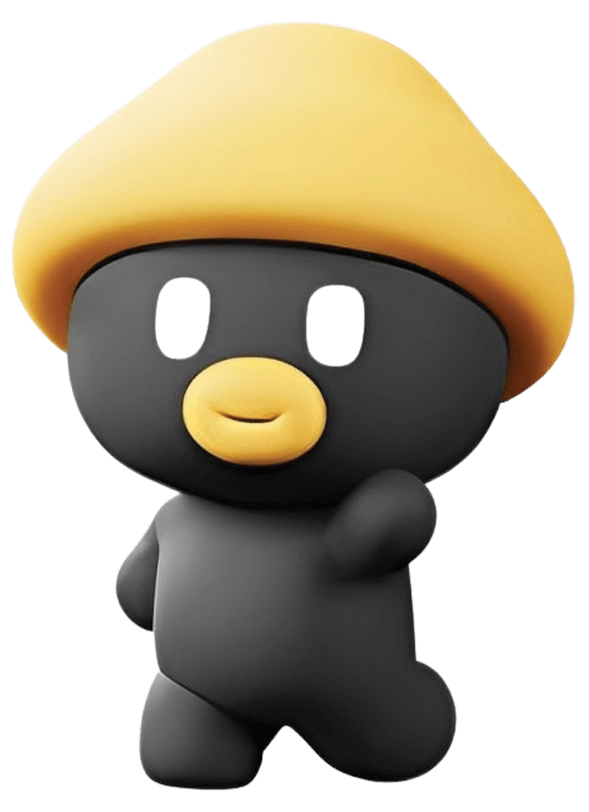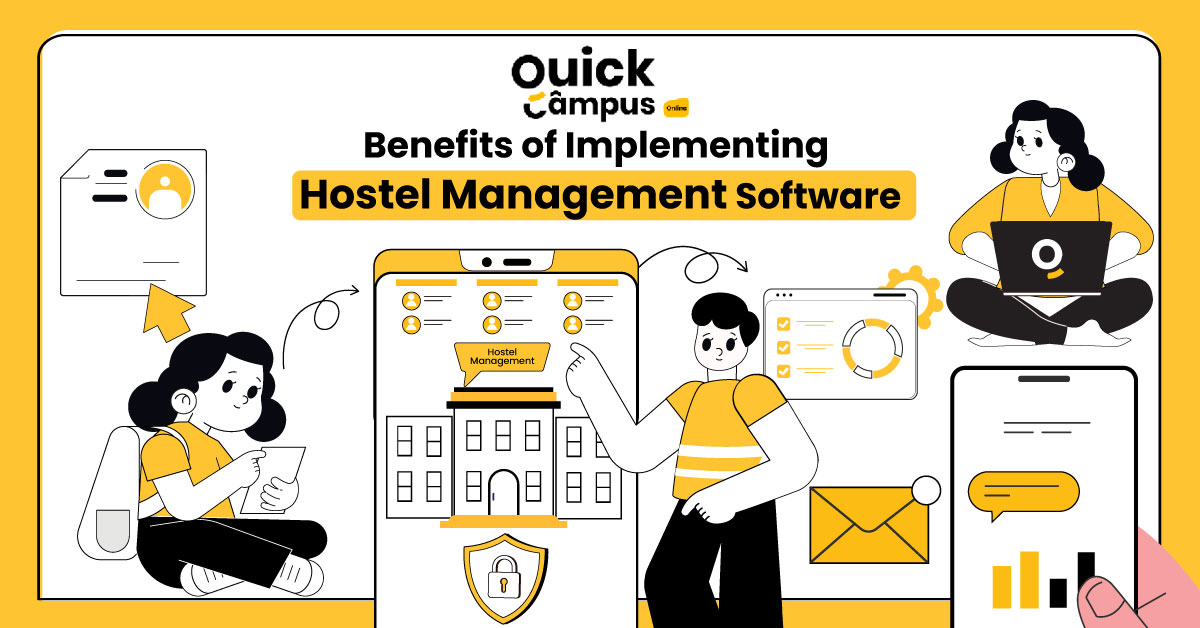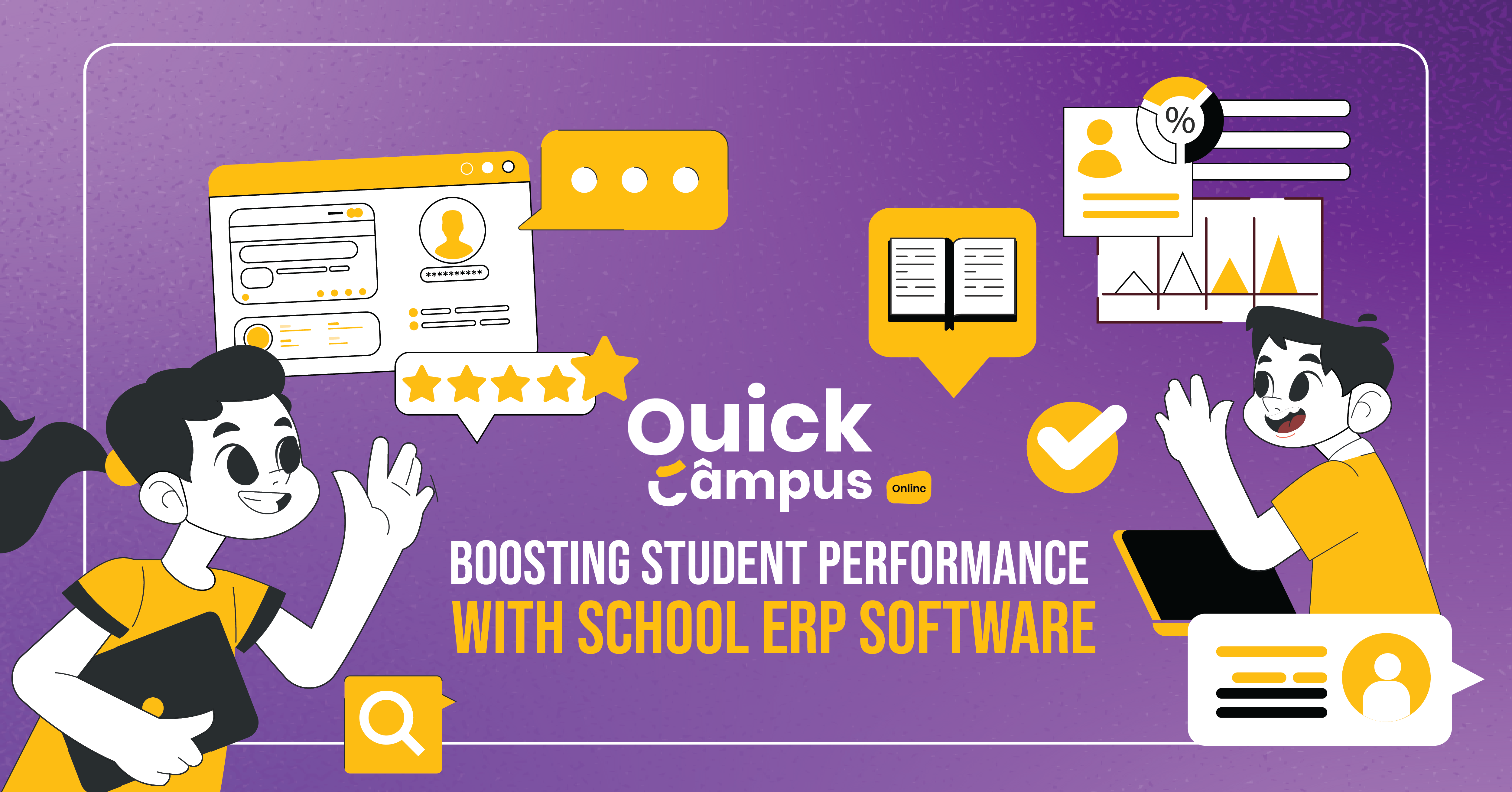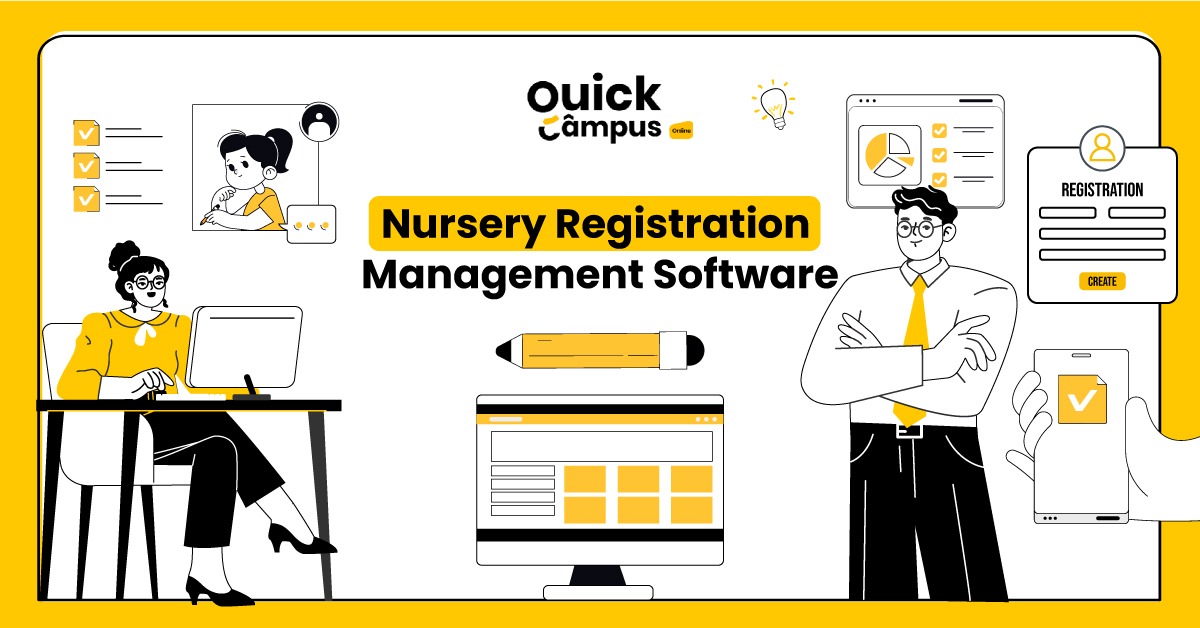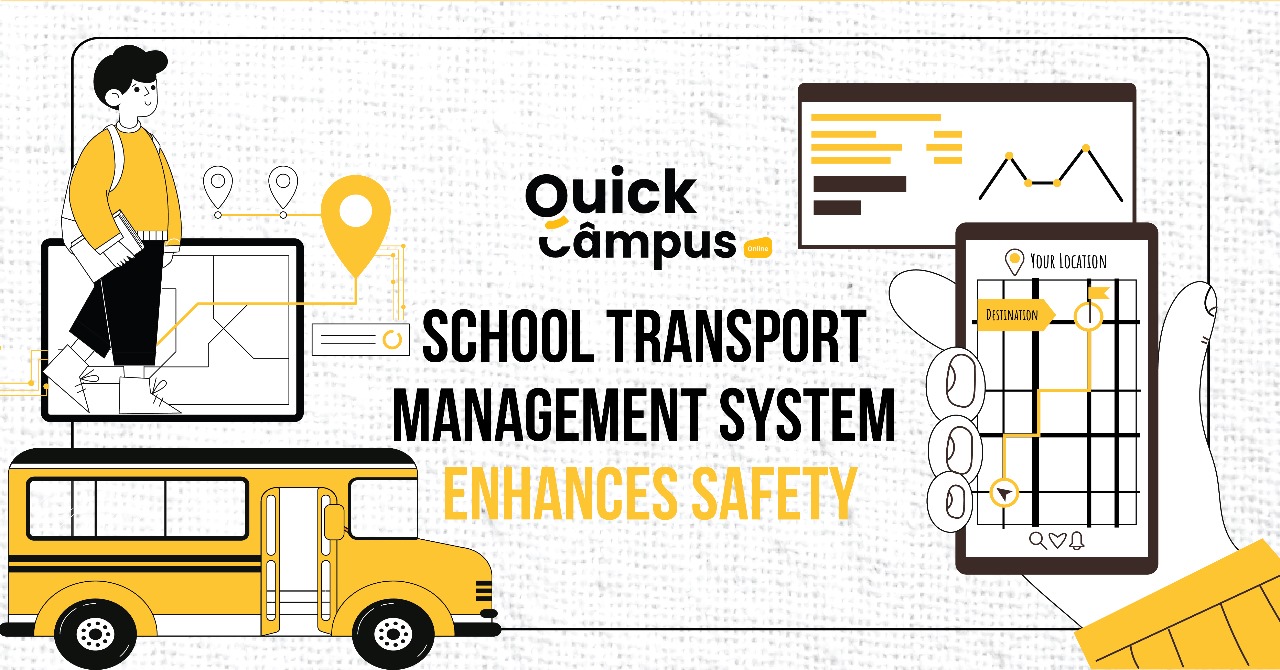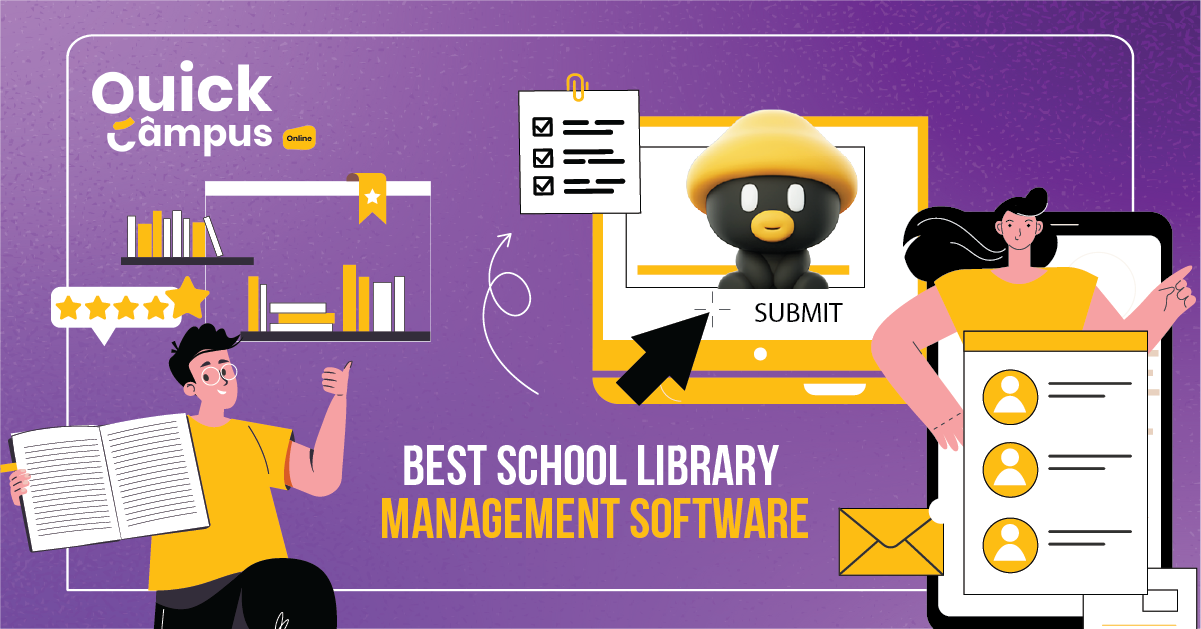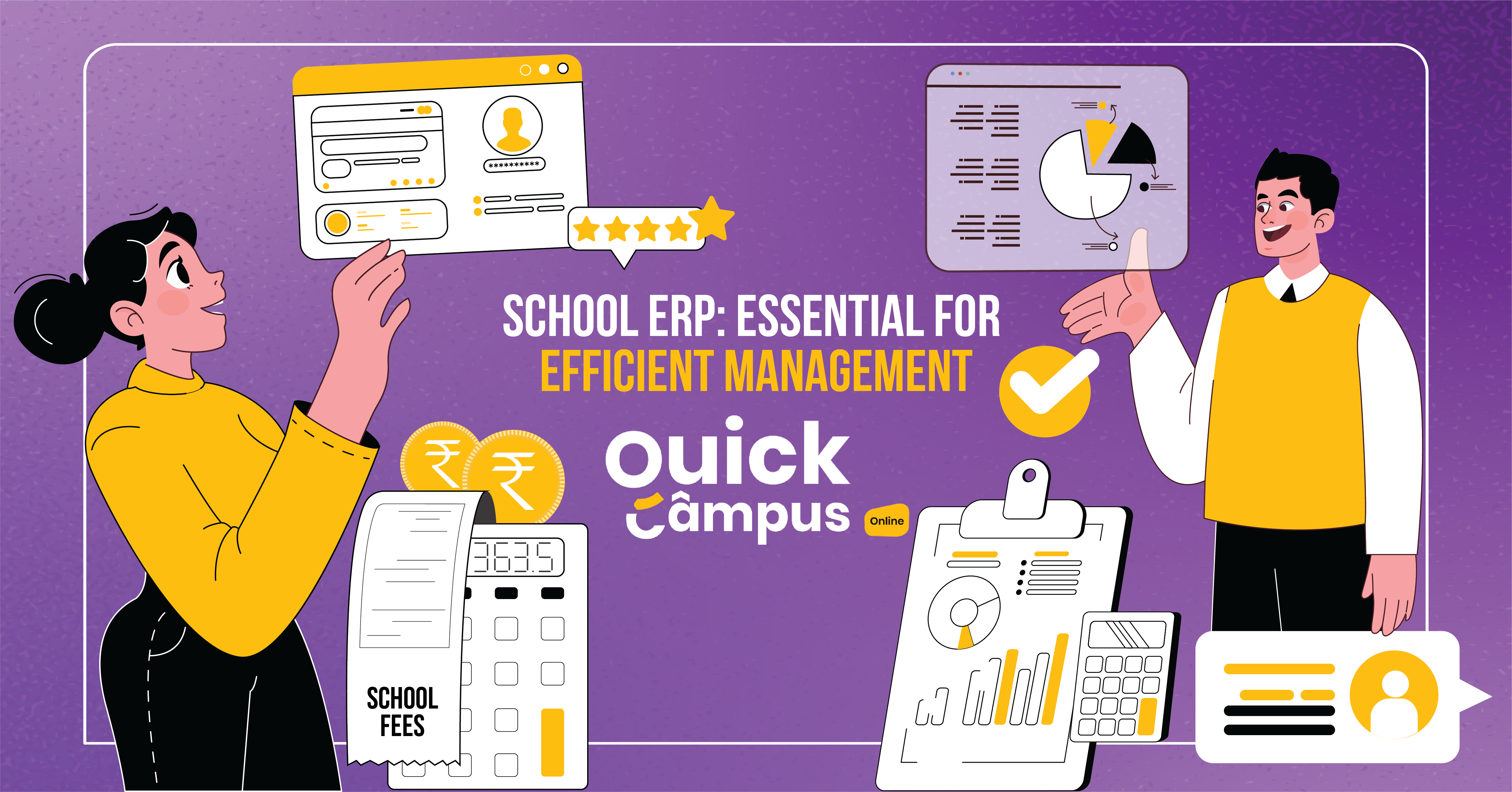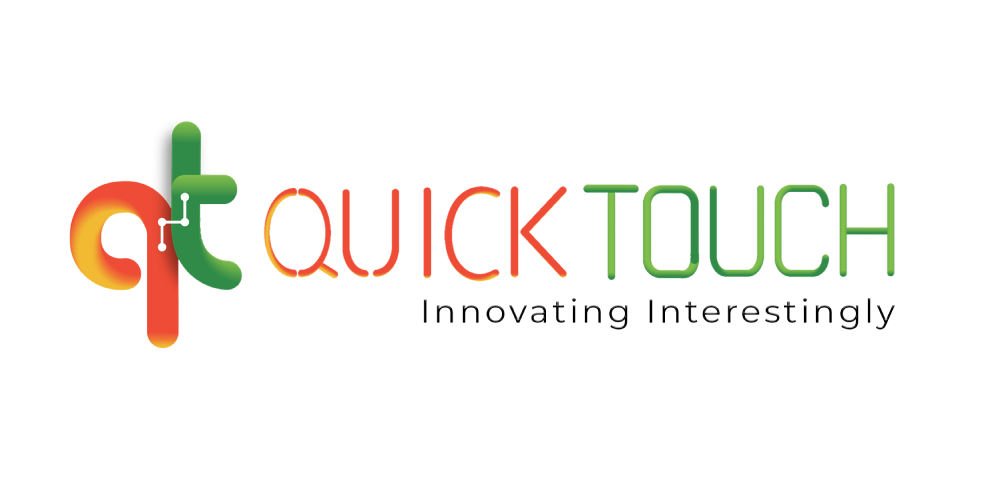Breaking the Silence: Transforming Classrooms through Social Media Engagement
In today’s world, social media platforms have become an integral part of our daily lives. With more and more students engaging in social media, it is no wonder that educators have started exploring innovative ways to incorporate social media into their classrooms.
In this article, we will explore 5 innovative ways to use social media in the classroom that can lead to enhanced learning outcomes.
Social Media As a Communication Tool
Social media can be an effective communication tool between students and teachers. Teachers can share important announcements, homework assignments, and updates with their students by creating a class group on social media. Moreover, students can use social media to ask questions, seek feedback, and discuss classroom topics with their peers and teachers. This can foster a collaborative learning environment and encourage active participation in the classroom.
Social Media As a Research Tool
Social media platforms can be used as a research tool to help students find information on a particular topic. For instance, students can use Twitter to follow industry experts and stay updated on the latest trends and developments. Similarly, Instagram is a great way to explore visual representations of concepts or ideas. Social media can be a great way to gather information and supplement classroom learning.
Social Media As a Platform For Student Expression
Social media platforms provide an opportunity for students to express themselves creatively. For example, students can create and share multimedia content such as videos, images, and infographics to demonstrate their understanding of a particular topic. This practice allows students to showcase their creativity and helps them engage with the subject matter meaningfully.
Social Media As a Tool For Collaboration
Social media platforms facilitate collaborative learning among students. For instance, students can use Facebook groups to work on group projects and share ideas. Social media can also help connect with students from other schools or countries, providing an opportunity to engage in cross-cultural learning experiences.
Social Media As a Tool For Assessment
Finally, social media can be used as a tool for online assessment. For instance, teachers can ask students to create social media posts demonstrating their understanding of a particular concept. This approach allows students to express themselves creatively and facilitates teachers to assess their learning outcomes in a fun and engaging way.
In conclusion, social media platforms are an innovative channel that enhances the classroom experience. By using social media as a communication tool, research tool, platform for student expression, tool for collaboration, and tool for assessment, educators can create an engaging and interactive learning environment that fosters active participation and meaningful learning outcomes.
